Cowpens Battlefield, South Carolina
Steven Dutch, Professor Emeritus, Natural and Applied Sciences,
Universityof Wisconsin - Green Bay
Cowpens, on January 17, 1781, was one of the major American Revolution battles in the south and one that makes students of military history salivate because it has been dubbed a "Cannae in miniature," a simultaneous two-pronged attack that resulted in total defeat of an enemy force.
The British Commander at Cowpens was a 26-year old colonel named Banastre Tarleton, who was disliked even by many of the British. He had a reputation for ruthlessness and for having killed Americans who were trying to surrender. The latter incident may actually have been a legitimate "fog of war" tragedy, but Tarleton never expressed any regret over it. To a considerable extent, he certainly inspired the loathsome Colonel Tavington in the historically awful film The Patriot, although unlike Tavington, Tarleton survived Cowpens by over half a century.
In the Carolina hinterlands, the war got fairly nasty, with Loyalist and Revolutionary neighbors engaging in attacks and reprisals, and settling old grudges in addition to fighting the war itself.
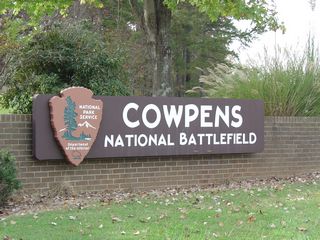 |
Left: entrance sign Below: visitor center and monument |
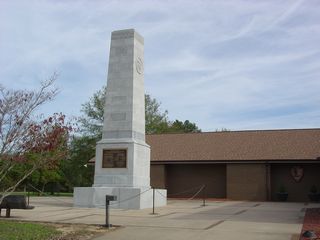 |
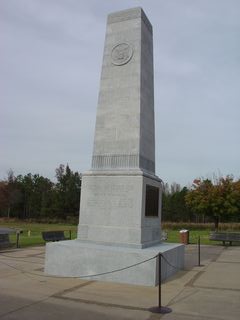 |
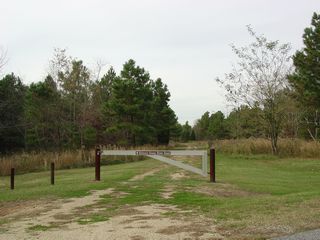 |
Cowpens got its name because it was relatively open woodlands and fields where free-range cattle grazed. It probably doesn't look too different today, though none of the trees would have been growing in 1781. |
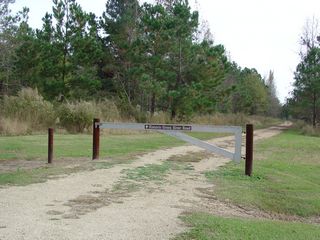 |
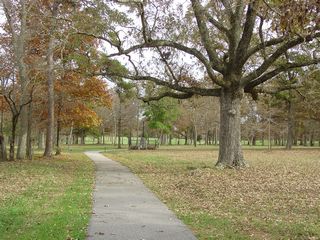 |
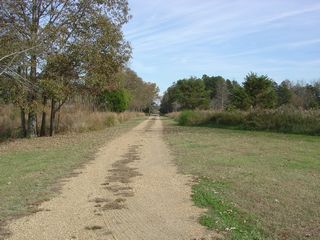 |
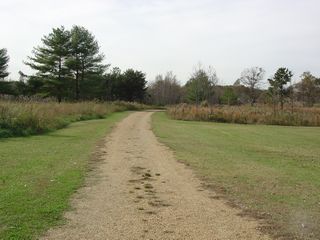 |
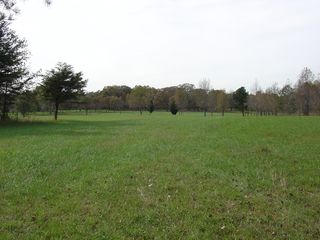 |
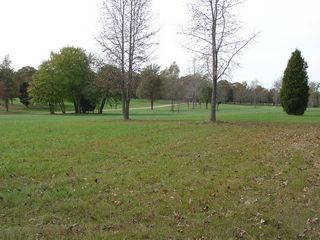 |
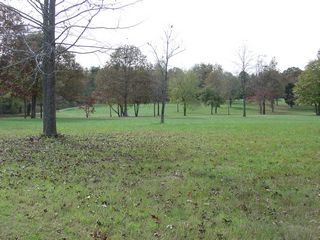 |
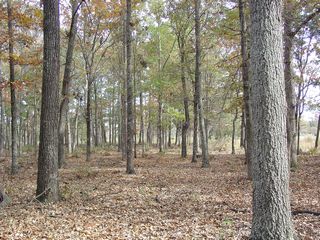 |
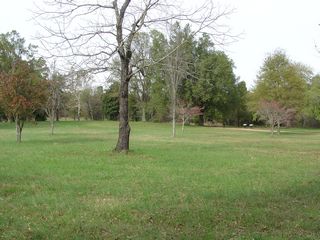 |
|
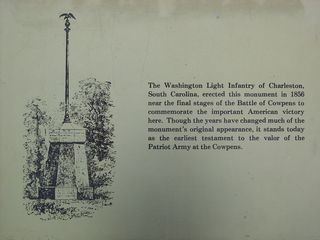 |
The first monument at Cowpens was erected in 1856 |
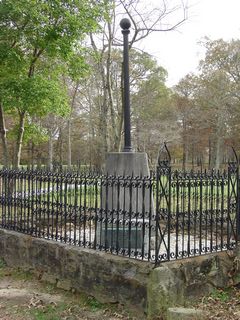 |
The monument as it now appears. |
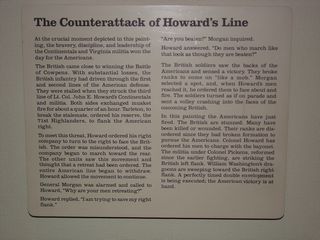 |
The turning point of the battle started out as a mistake. Lt. Col.
John Howard ordered his men to a new position but other troops misunderstood
the movement and thought a retreat had been ordered. Rather than attempt
to correct the mistake, Howard adapted. He ordered the men to march
to a predetermined point, turn, and open fire. General Morgan asked Howard if he was beaten. Howard came back with one of the best retorts in American history; "Do men who march like that look as though they are beaten?" At the moment when Howard's "beaten" troops turned, and fired point blank into the pursuing British, cavalry attacked and completed the rout. |
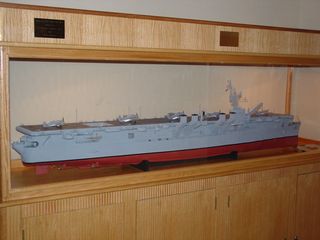 |
Two navy ships have been named for Cowpens. The USS Cowpens (CV-25), nicknamed The Mighty Moo, was an aircraft carrier during World War II. This is a model in the Visitor Center. |
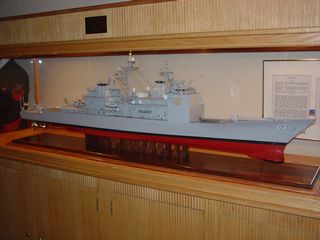 |
The contemporary USS Cowpens (CG-63) is a Ticonderoga-class guided-missile cruiser |
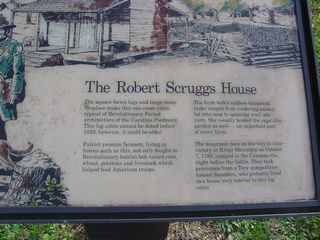 |
An early 19th century cabin is also preserved on the battlefield site. |
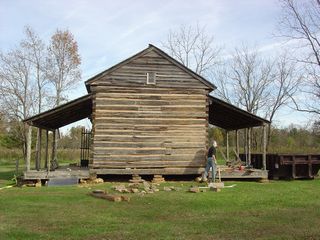 |
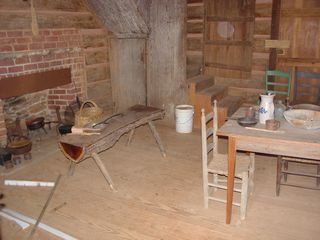 |
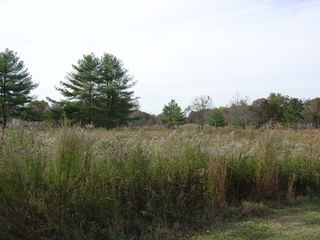 |
View of the battlefield from the cabin. |
Return to Historic Sites Index
Return to Professor Dutch's Home Page
Created 22 June 2007, Last Update 03 June 2020